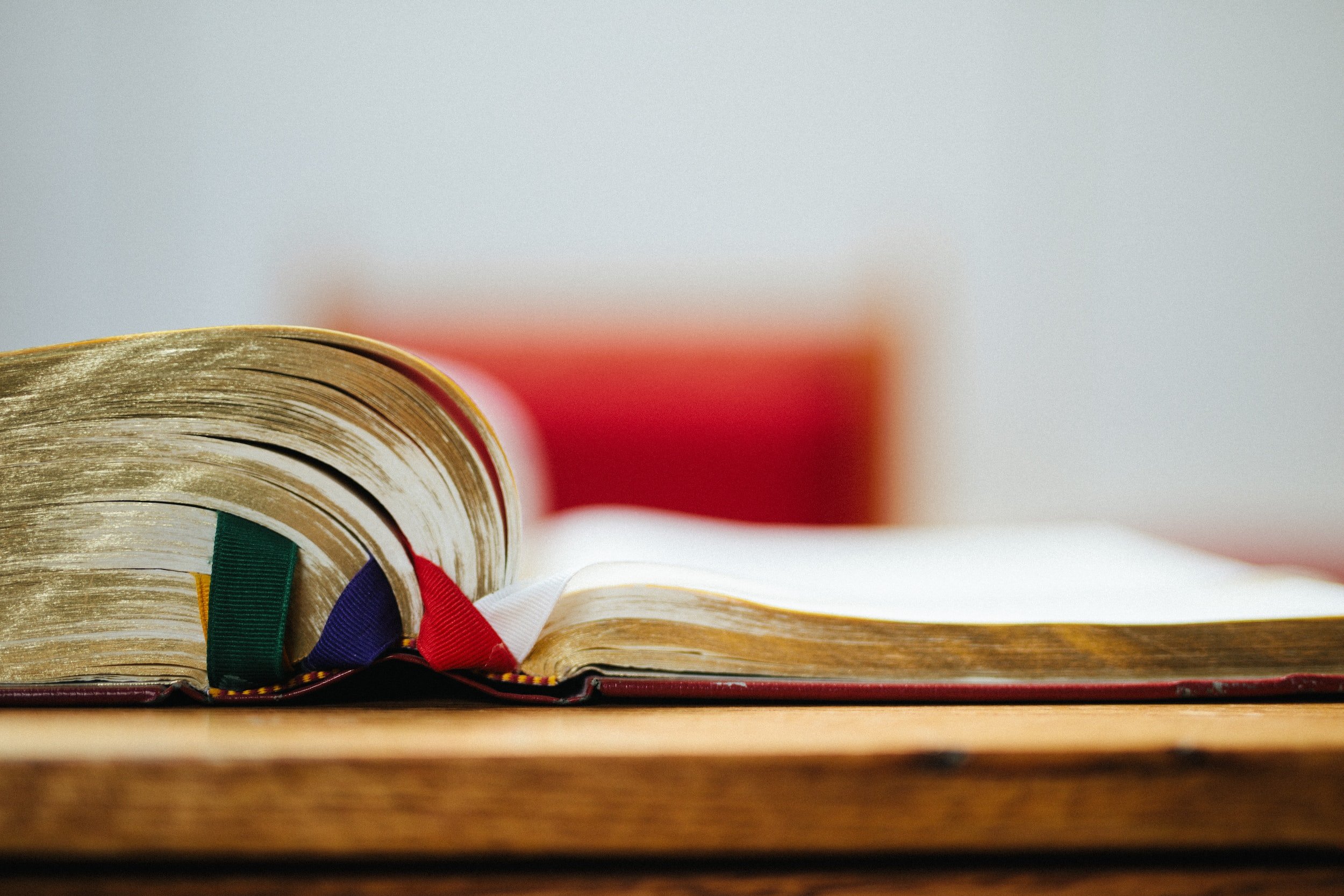The Historical Takshashila
The ancient city of Takshashila was the site of perhaps the world’s oldest public policy school. It was the intellectual fountainhead not only of Indian statecraft but indeed of all walks of human endeavour. The Takshashila Institution derives inspiration from that civilisational lighthouse in the pursuit of its contemporary objectives.

An excerpt from Political and Social Movements in Ancient Panjab (from the Vedic age upto the Maurya period), by Buddha Prakash (Motilal Banarsidass, New Delhi, 1964):
A significant result of the rise of Gandhara was the growth of her capital Takshashila as a seat of learning and education and a centre of culture and commerce. The age of the Buddha saw the spread of the fame of Takshashila throughout the whole Uttarapatha [Northern route]. Students from Magadha traversed the vast distances of northern India in order to join the schools and colleges of Takshashila. We learn from Pali texts that Brahmana youths, Khattiya princes and sons of setthis from Rajagriha, Kashi, Kosala and other places went to Takshashila for learning the Vedas and eighteen sciences and arts.
Jotipala, son of the purohita of the king of Benares, returned from Takshashila with great proficiency in archery or military science and was later appointed commander-in-chief of Benares. Likewise, Jivaka, the famous physician of Bimbisara who cured the Buddha, learnt the science of medicine under a far-famed teacher at Takshashila and on his return was appointed court-physician at Magadha. Another illustrious product of Takshashila was the enlightened ruler of Kosala, Prasenajit, who is intimately associated with the events of the time of the Buddha. Panini and Kautilya, two masterminds of ancient times, were also brought up in the academic traditions of Takshashila.
Though there was no organised university at Takshashila, there was a cluster of schools, managed, maintained and presided over by eminent teachers, who partly drew upon the contributions of the local people and partly depended on the fees and presents of rich pupils. Most of these schools were centres of higher studies, rather than elementary education, for, students of the age of 16 were admitted there. There was a special academy for the princes, which had on its rolls 101 scholars. Another centre of royal scions was the institute of military science, whose strength was 103 princes and at one time rose to 500. Besides these institutions, there were many other colleges, where instruction in archery, hunting, elephant-lore, political economy, law and other arts, humanities and sciences was imparted to students of high rank and calibre from the whole of North India. After finishing the courses of studies in these schools and colleges students wandered far and wide to acquire practical experience and develop the faculty of personal observation. As a result of its fame for education, Takshashila grew into a cosmopolitan city.
For more on Takshashila, read this excerpt from Universities in Ancient India, by D.G. Apte.
